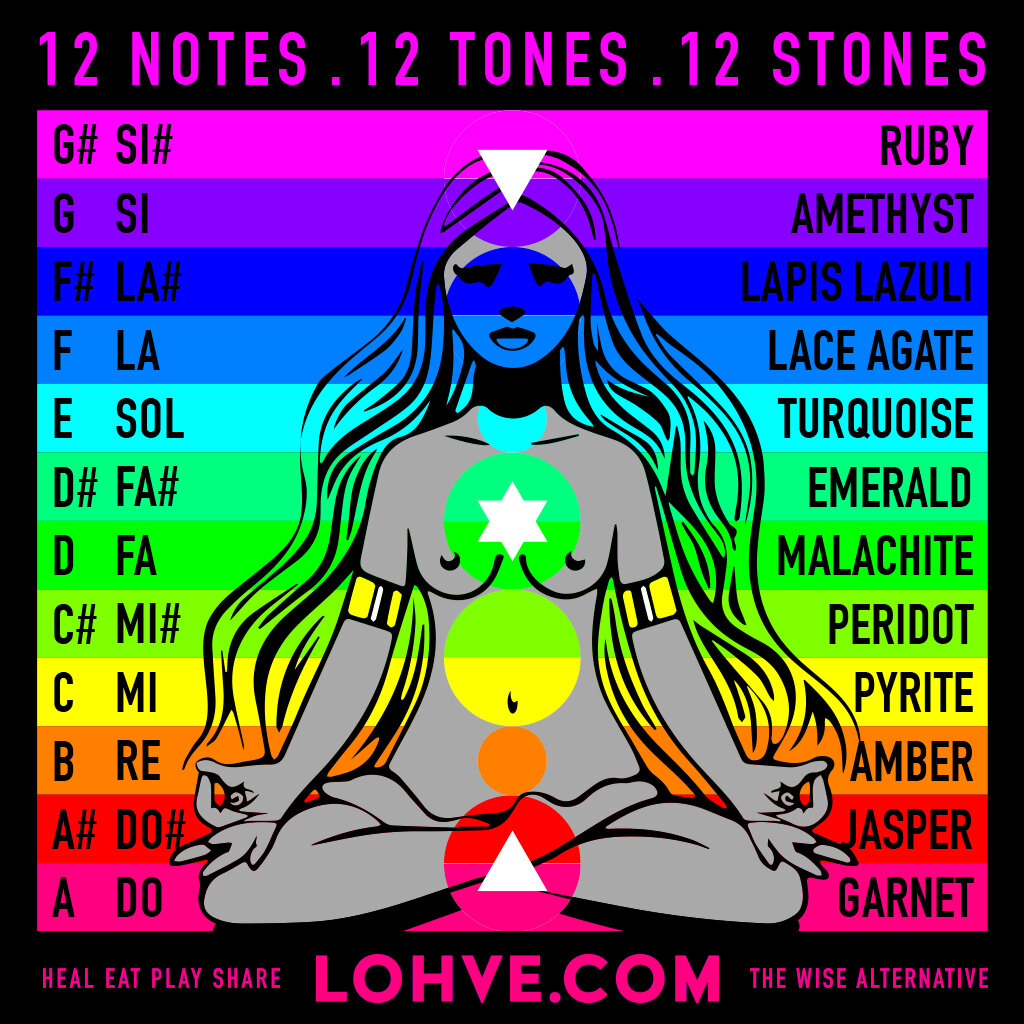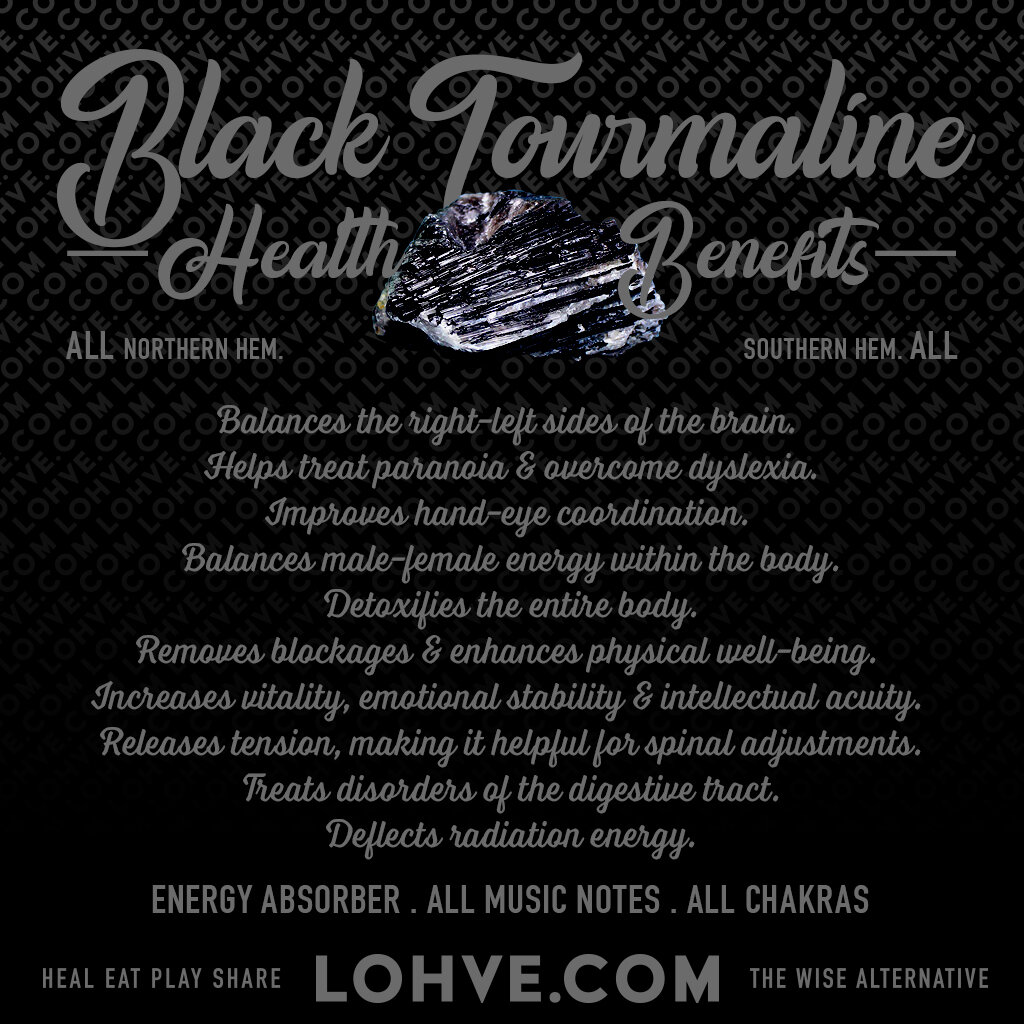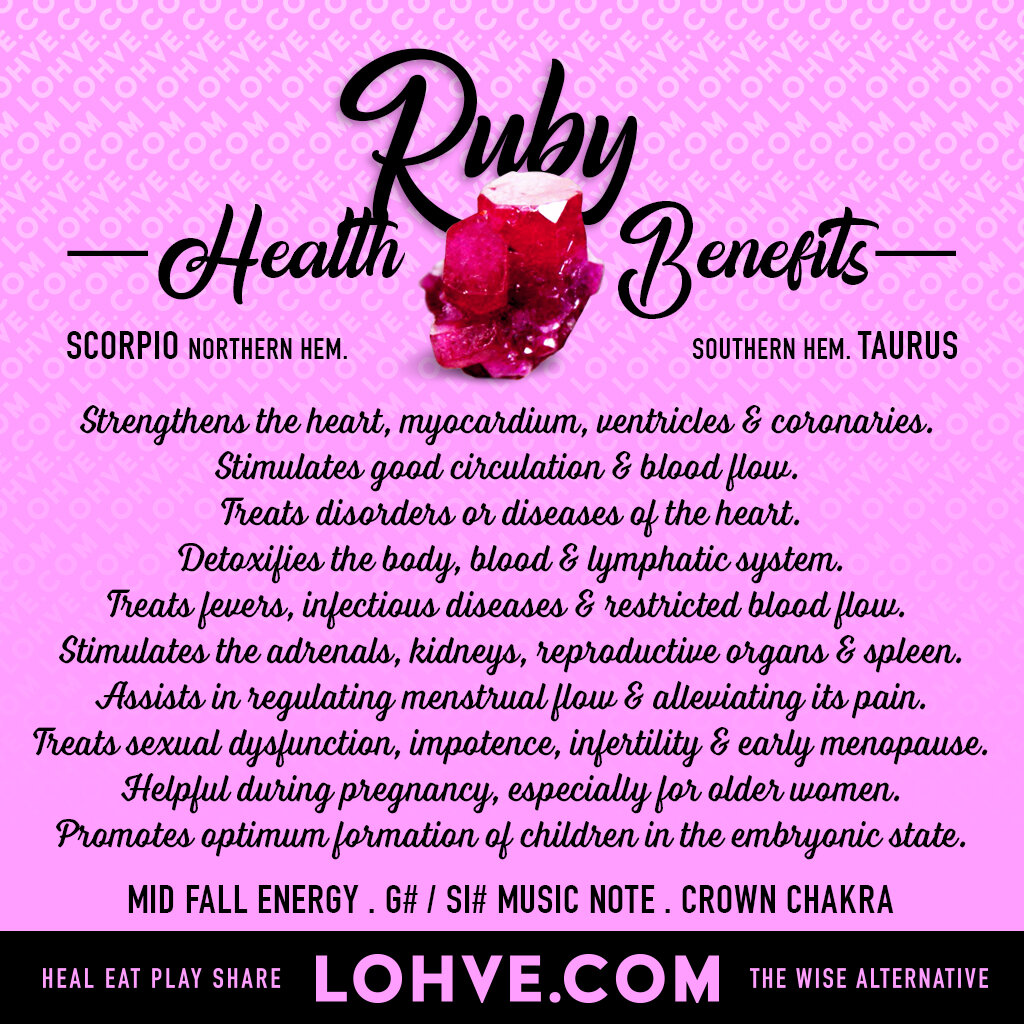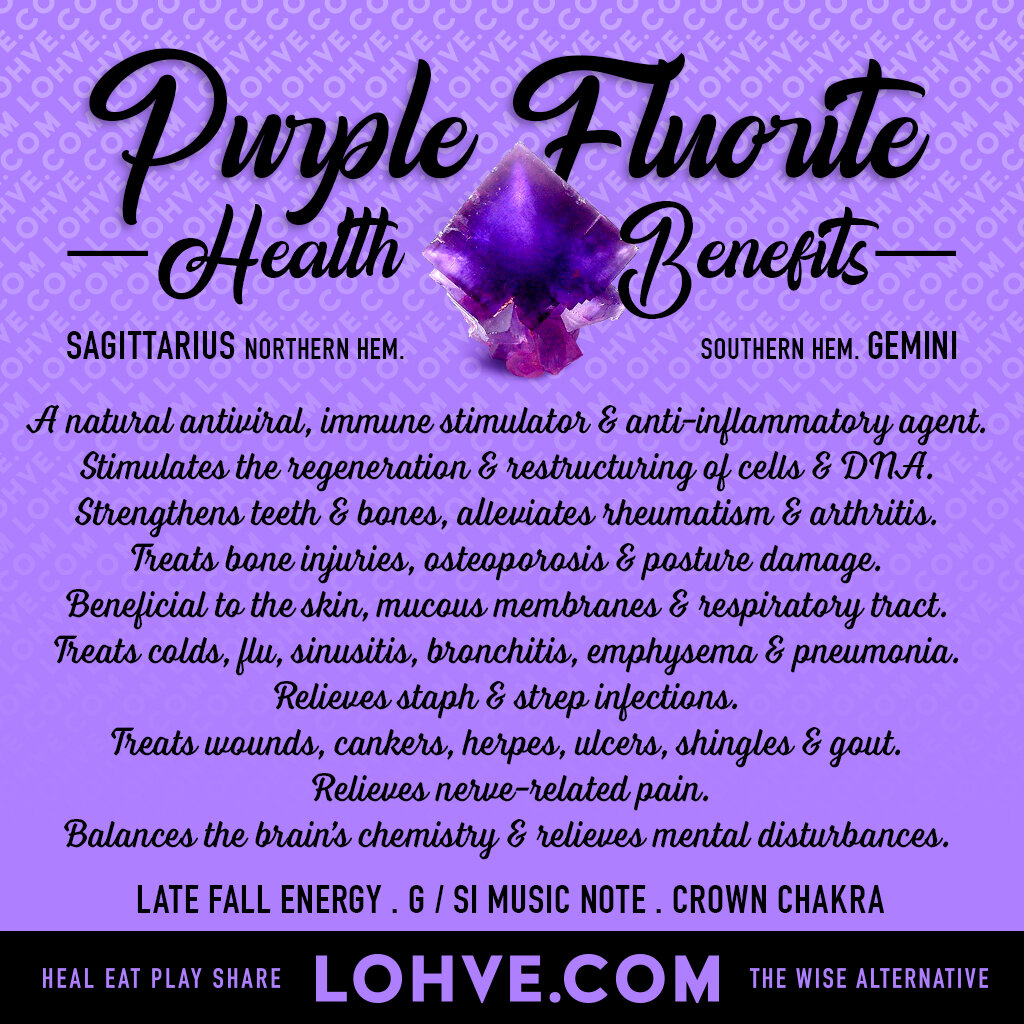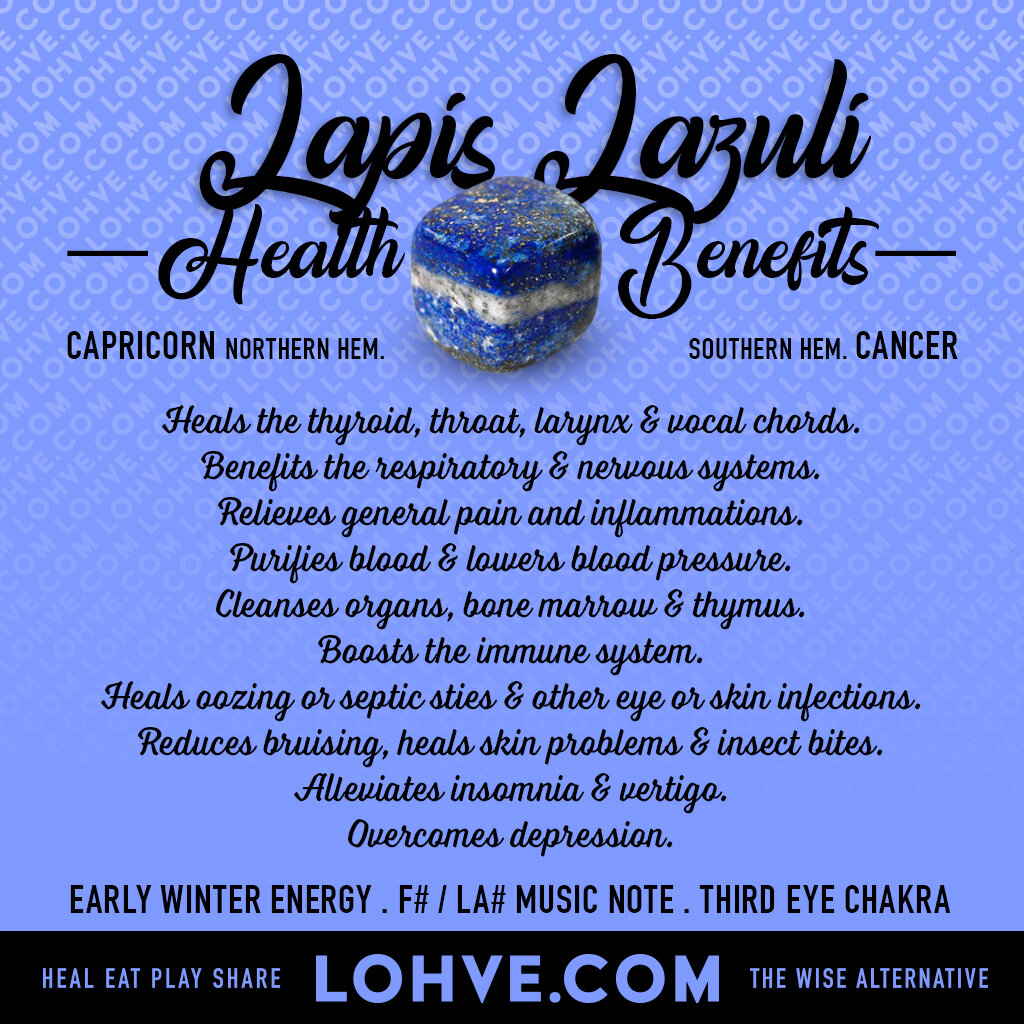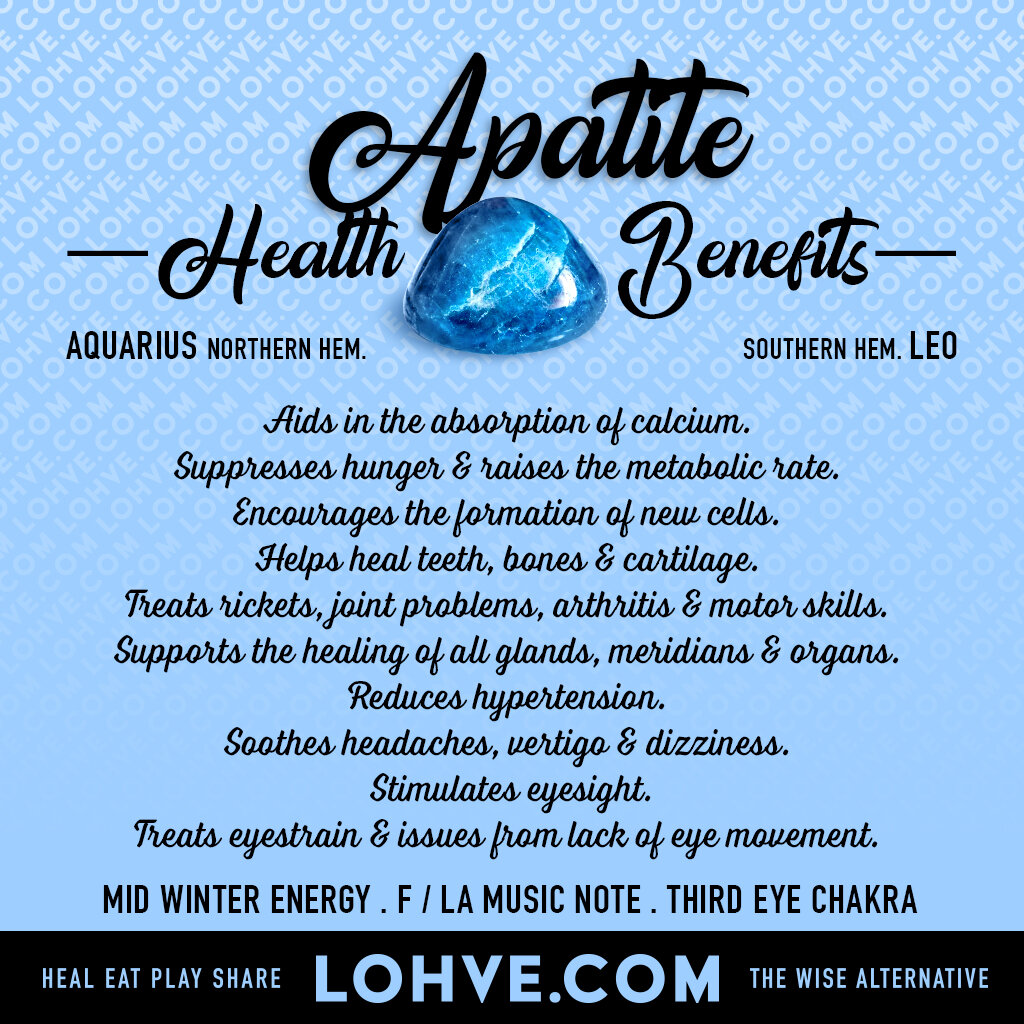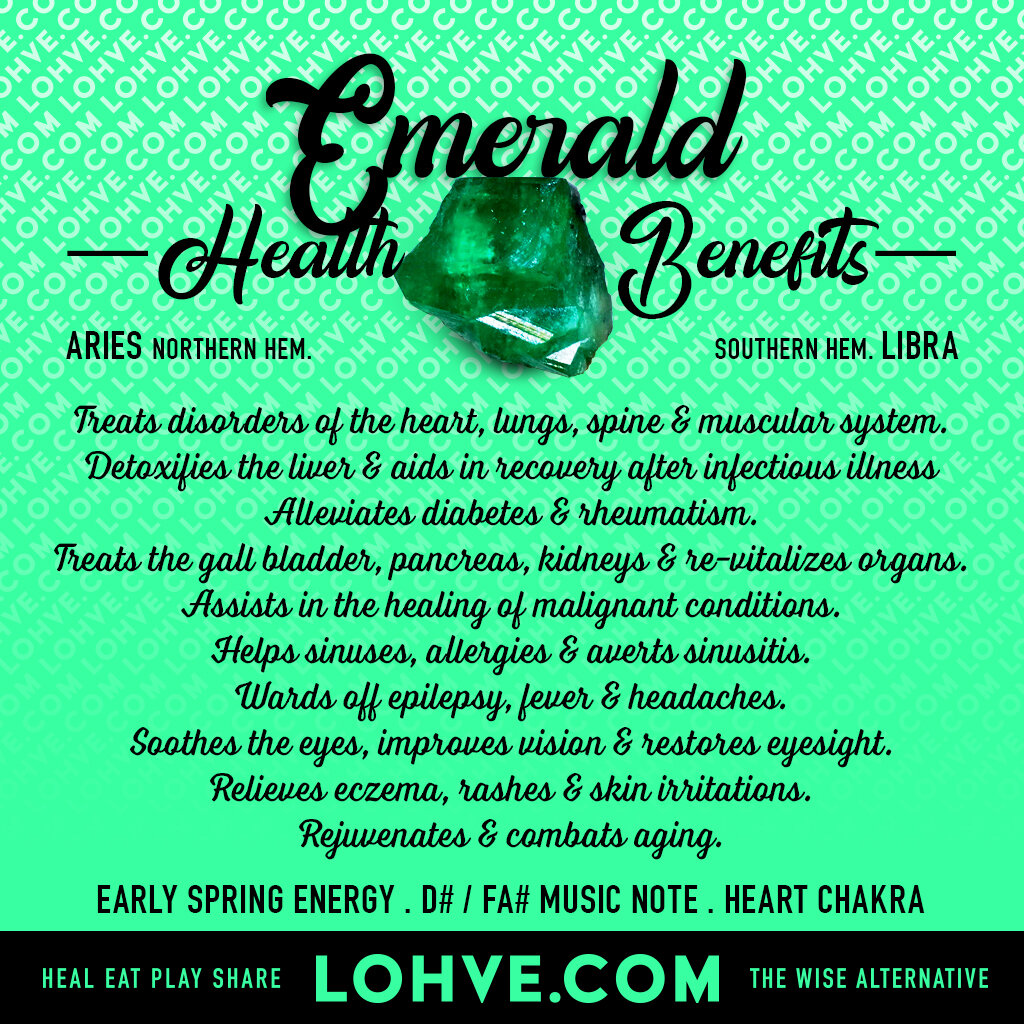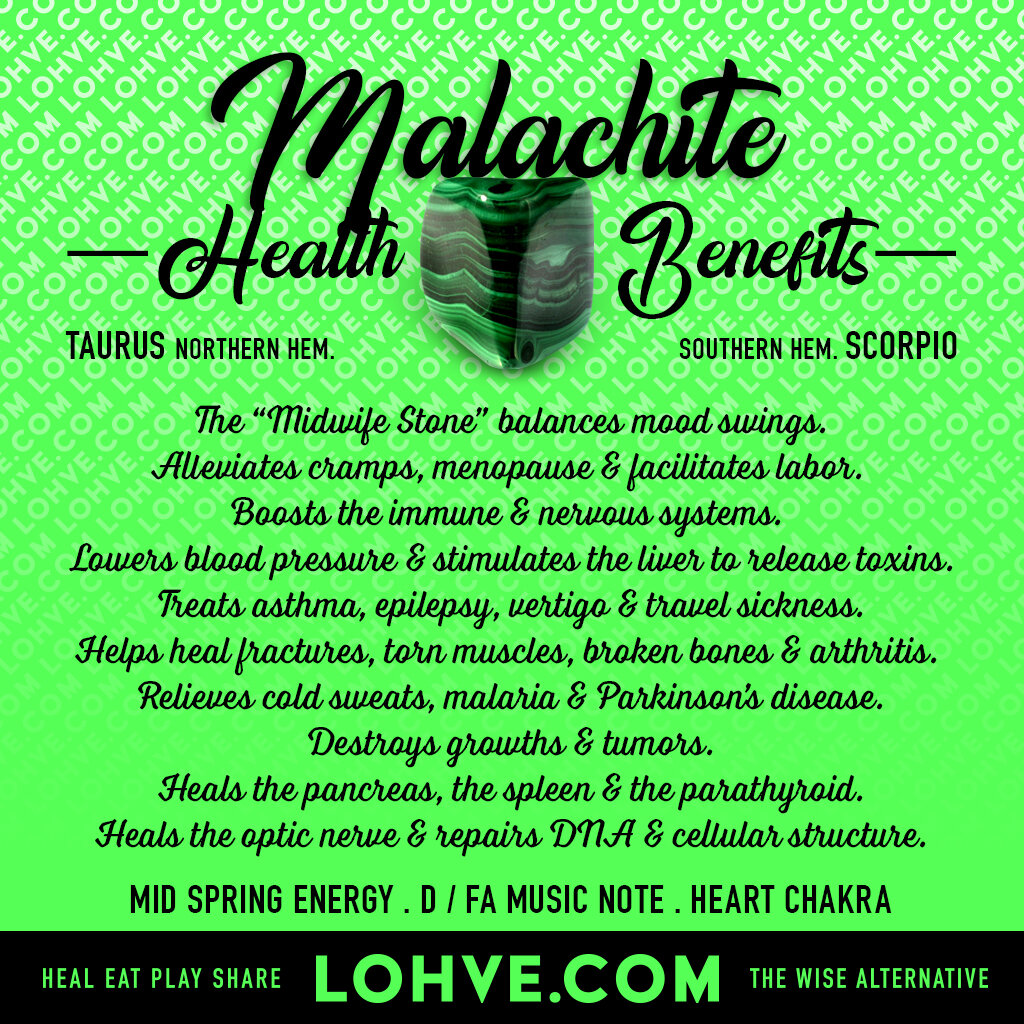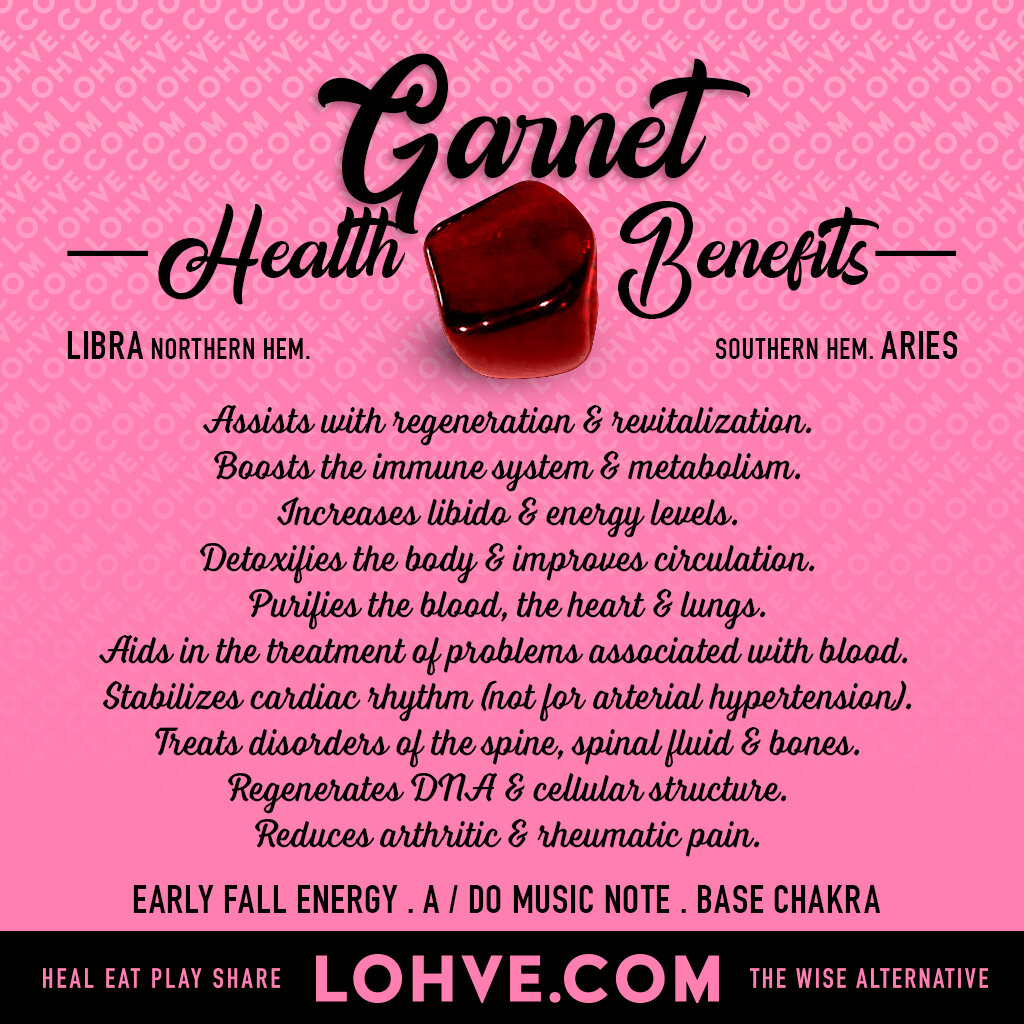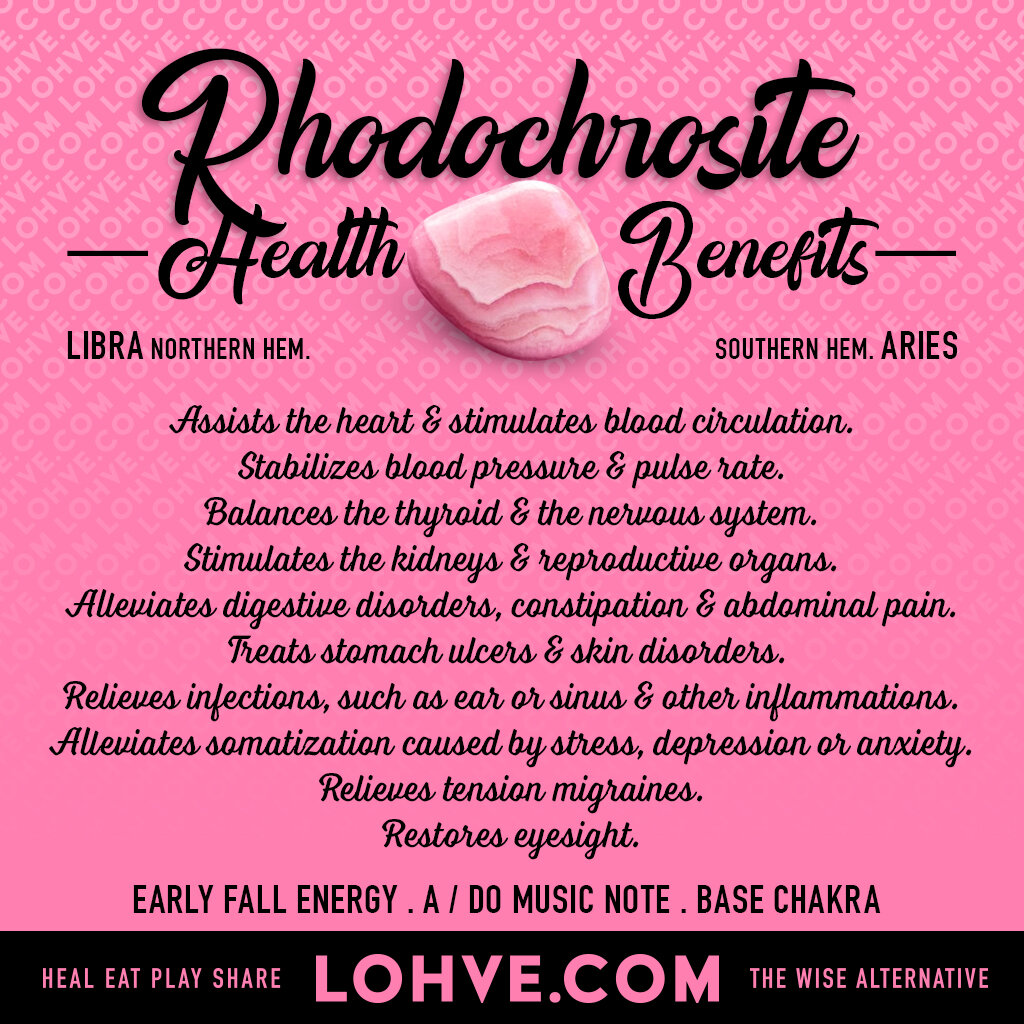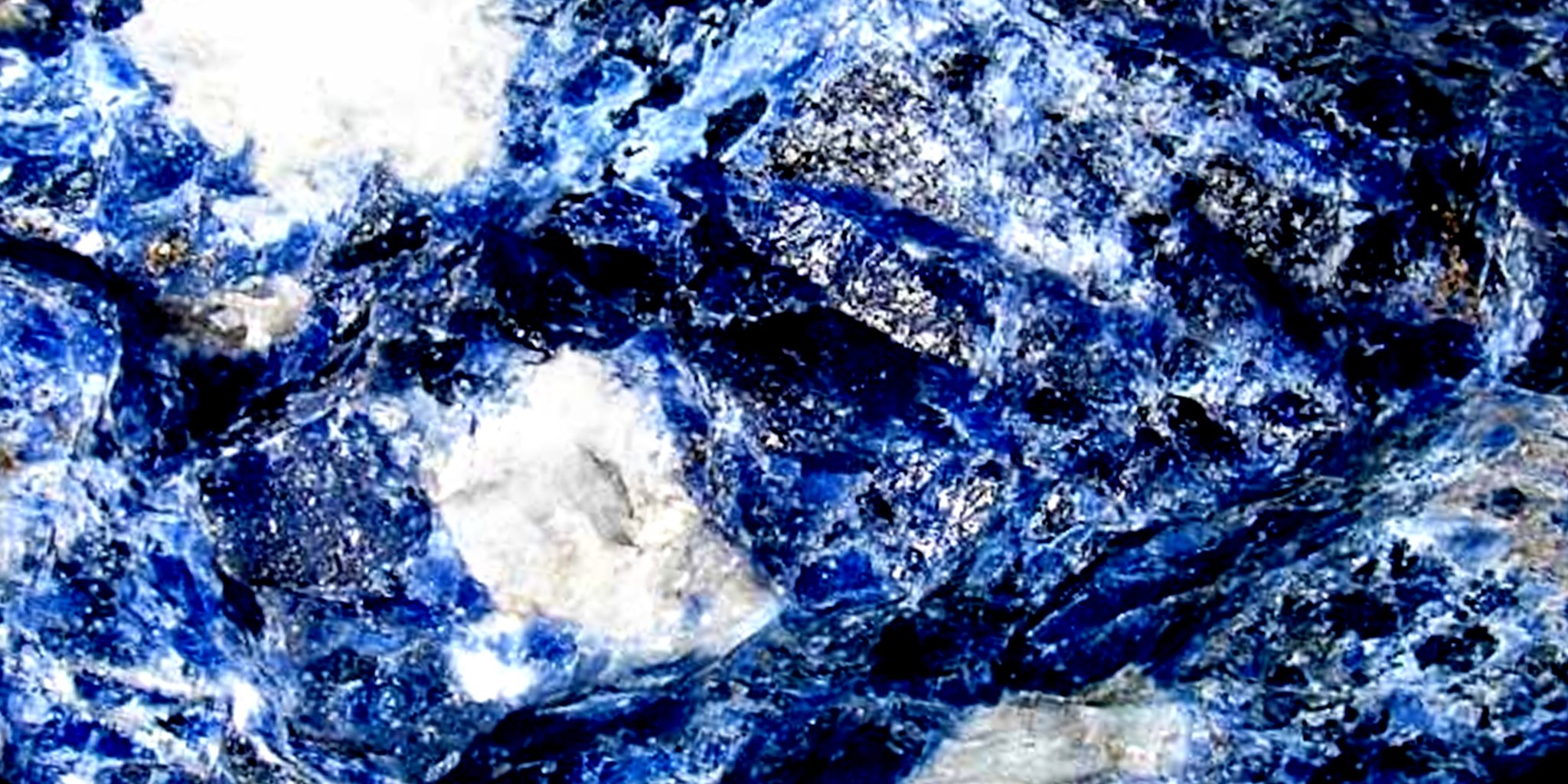
SODALITE
CORRESPONDENCES . HISTORY . COMPOSITION . HARDNESS . HEALTH BENEFITS . COLLECTIBLE CARD . SHOP
CORRESPONDENCES
EARLY WINTER
Energy
CAPRICORN
Northern Hemisphere
CANCER
Southern Hemisphere
F# / LA#
Music Note
LAPIS LAZULI BLUE
Color
THIRD EYE
Chakra
Sodalite is a rich royal blue tectosilicate mineral widely used as an ornamental gemstone. Although massive sodalite samples are opaque, crystals are usually transparent to translucent. Sodalite is a member of the sodalite group with hauyne, nosean, lazurite and tugtupite.
HISTORY
First discovered by Europeans in 1811 in the Ilimaussaq intrusive complex in Greenland, sodalite did not become important as an ornamental stone until 1891 when vast deposits of fine material were discovered in Ontario, Canada.
COMPOSITION
dalite is a cubic mineral which consists of an aluminosilicate cage network with Na+ cations in the interframework. This framework forms a cage structure, similar to zeolites. Each unit cell contains two cage structures. Natural sodalite holds primarily chloride anions in the cages, but they can be substituted by other anions such as sulfate, sulfide, hydroxide, trisulfur with other minerals in the sodalite group representing end member compositions.
HARDNESS
Mohs Scale Hardness: 5.5 - 6
The Mohs scale of mineral hardness is a qualitative ordinal scale characterizing scratch resistance of various minerals through the ability of harder material to scratch softer material.
The Health Benefits of
Sodalite
Clears electromagnetic pollution in the environment.
Helps treat problems associated with radiation.
Heals the throat, larynx, vocal cords & hoarseness.
Balances the metabolism.
Boosts the immune system.
Stimulates the absorption of body fluids.
Helps overcomes calcium deficiencies.
Eases digestion & treats digestive disorders.
Cools fevers & lowers blood pressure.
Reduces insomnia.
Save Your Card!
Seize The Benefits Of Gemstones
For ages, stones have been worn around the neck and on the body in order to promote optimal physical, psychical and emotional health.

















